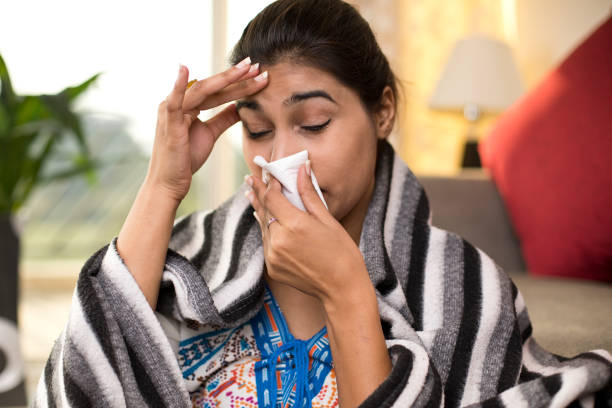Allergies and Fever: Symptoms, Causes, and Treatments
Allergies and fever are two common health conditions that affect millions of people worldwide. Although these conditions may seem unrelated, they are often connected, and understanding their causes and symptoms is crucial to effective treatment.
Symptoms:
Allergies can cause a range of symptoms, including:
- Itchy or watery eyes
- Sneezing
- Runny or stuffy nose
- Rashes or hives
- Shortness of breath
- Swelling of the face, lips, or tongue
- Anaphylaxis in severe cases
Fever is characterized by an elevated body temperature and can also cause symptoms such as:
- Headache
- Muscle aches
- Chills
- Sweating
- Fatigue
- Dehydration
Causes:
Allergies are caused by the body’s immune system overreacting to a harmless substance, such as pollen, animal dander, or certain foods. Fever, on the other hand, is usually a sign of infection, such as a cold or the flu.
Treatments:
The treatment of allergies and fever varies depending on the severity of the symptoms and the underlying cause. Some common treatments for allergies include:
- Avoiding allergens
- Taking antihistamines
- Using nasal sprays or decongestants
- Immunotherapy in severe cases
Fever can be treated with over-the-counter medications, such as acetaminophen or ibuprofen, or by resting and staying hydrated. However, if the fever persists or is accompanied by other symptoms, such as severe headache or difficulty breathing, it’s important to seek medical attention.
Prevention:
Preventing allergies and fever is not always possible, but there are steps you can take to reduce your risk. These include:
- Avoiding known allergens
- Washing your hands regularly
- Getting vaccinated
- Keeping your home and workplace clean and free of dust and other allergens
Conclusion:
Allergies and fever are common health conditions that can be both uncomfortable and dangerous if left untreated. By understanding the symptoms, causes, and treatments of these conditions, you can take steps to manage them effectively and improve your quality of life.

